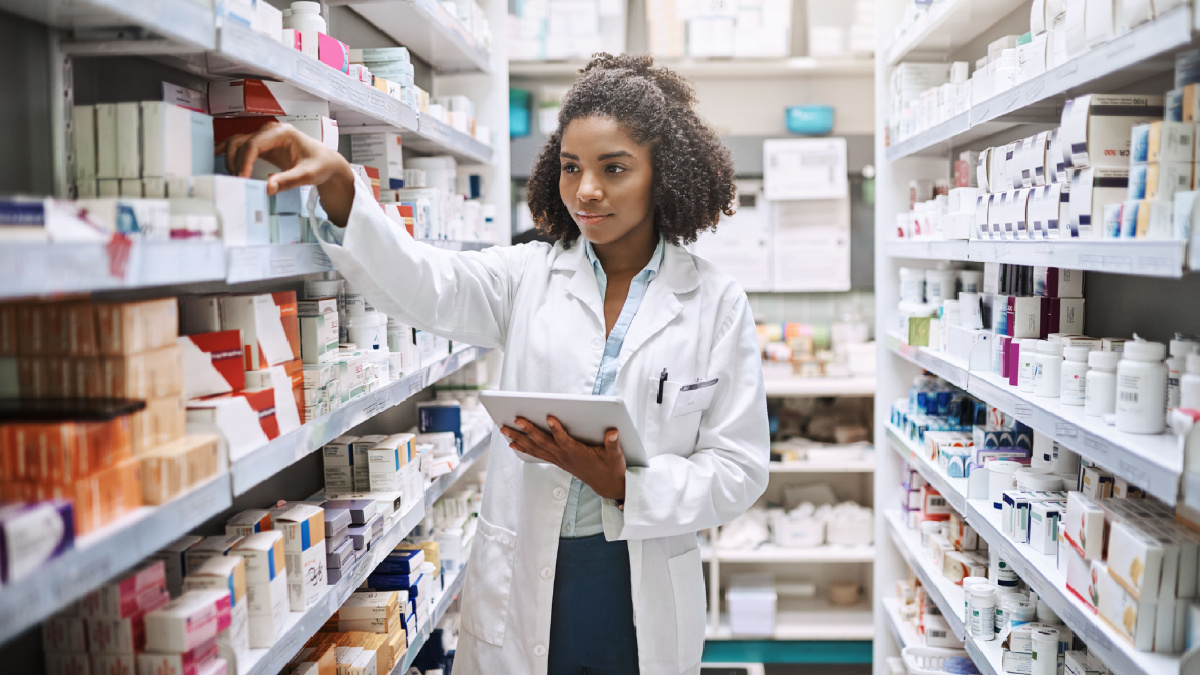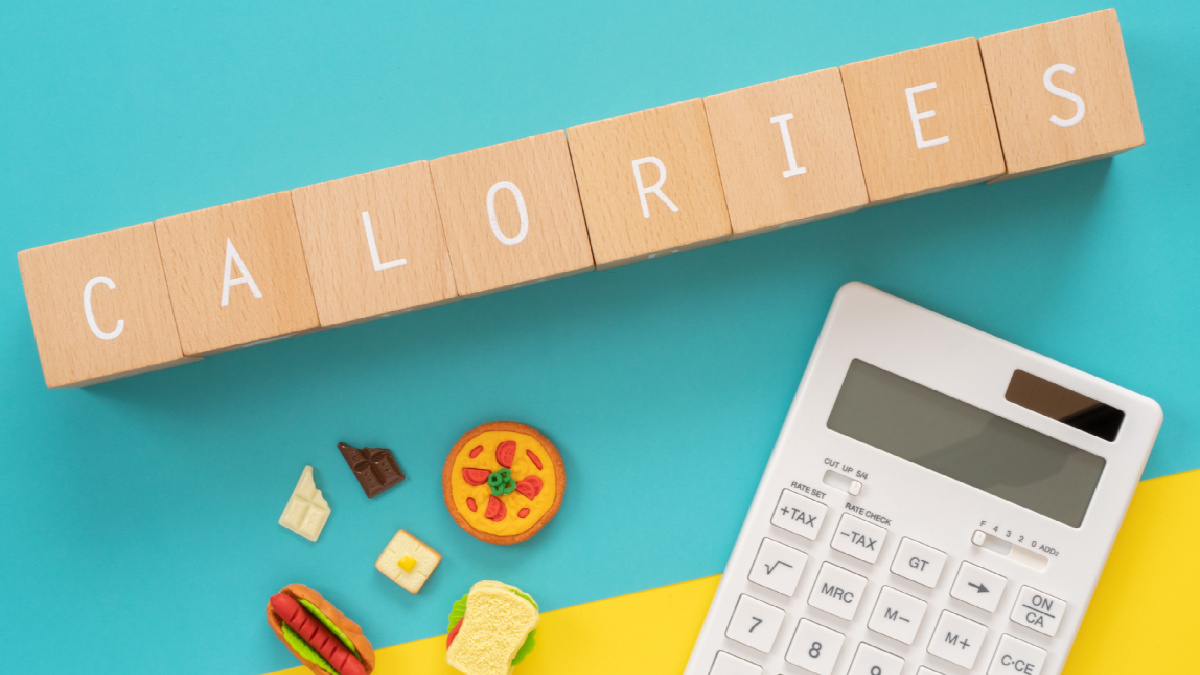The opioid epidemic has been a growing problem in the United States for several years now. This crisis has been fueled by the over-prescription of opioid painkillers, the rise of synthetic opioids like fentanyl, and an increase in heroin use. The result has been a surge in overdose deaths, as opioids depress the respiratory system and can lead to respiratory failure. This has led to a pressing need for overdose reversal drugs, like naloxone, which can quickly reverse the effects of an opioid overdose and save lives.
Naloxone is a medication that works by blocking the effects of opioids in the body, which can quickly restore breathing and reverse the overdose. The drug has been available for decades, but it has traditionally been difficult to obtain. However, recent changes in regulations have made it easier for individuals to access naloxone at local pharmacies without a prescription. This development is a crucial step in the fight against the opioid epidemic, as it allows more people to have access to this life-saving medication.
Overview Of Naloxone
Naloxone is a medication that is used to reverse the effects of opioids and can be a life-saving drug for individuals who have overdosed on opioids. It works by blocking the effects of opioids on the brain, which can help to restore normal breathing and prevent further harm to the individual. Naloxone is available in several forms, including injectable, nasal spray, and auto-injector, and it can be administered by anyone with proper training, including first responders, family members, and friends of those at risk of opioid overdose.
While naloxone has been available for several years, it has often been difficult to access for individuals who need it most. However, recent changes in legislation have made it easier for pharmacies to dispense naloxone without a prescription, which can help to increase access and save more lives. Additionally, many organizations and community groups are providing training and education to individuals on how to recognize the signs of opioid overdose and administer naloxone, which can help to reduce the number of opioid-related deaths.
How Naloxone Works In The Body
Naloxone is a medication that works by blocking the effects of opioids in the body. When someone overdoses on opioids, their breathing can slow down or stop completely, leading to brain damage or death. Naloxone can reverse these effects by quickly binding to the same receptors in the brain as the opioids, effectively pushing them out and allowing the person to breathe normally again. It can be administered as an injection or nasal spray, and its effects can last for up to an hour, giving emergency responders or bystanders enough time to get the person to a hospital for further treatment. The availability of naloxone at local pharmacies can be life-saving for those struggling with opioid addiction and their loved ones, as it allows for quick access to a potentially life-saving medication.
The History Of Naloxone And Its Availability In The Local Market
In recent years, there has been a growing recognition of the opioid epidemic and the need for expanded access to naloxone. As a result, there has been a significant increase in the availability of naloxone, including the development of nasal spray formulations and the expansion of standing orders that allow pharmacists to dispense naloxone without a prescription. While there is still much work to be done to ensure that naloxone is available to those who need it most, these recent developments represent important progress in addressing the opioid crisis.
The Controversy Surrounding Naloxone
There are several controversies surrounding its availability and potential impact on drug use. Some argue that making naloxone more readily available through local pharmacies and other outlets will encourage risky behavior and enable addiction. Others argue that naloxone is a necessary tool in the fight against the opioid epidemic and that increasing access to it can save lives and help individuals seek treatment. Ultimately, the debate over naloxone availability highlights the complex issues surrounding addiction and drug policy, and underscores the need for comprehensive solutions to this ongoing public health crisis.
How To Obtain Naloxone At Local Pharmacies
To obtain naloxone, individuals can simply walk into a participating pharmacy and request the medication from a pharmacist. Many pharmacies also offer training on how to administer naloxone and provide educational materials on opioid overdose prevention. In addition to pharmacies, naloxone can also be obtained at community health centers, harm reduction organizations, and some emergency departments. By making naloxone more widely available, communities can save lives and prevent opioid-related deaths.
Awareness Of Naloxone Administration And Overdose Response
With the increasing availability of naloxone in local pharmacies, it is important for individuals to understand how to properly administer the drug and respond to an overdose situation. Naloxone is a life-saving medication that can reverse the effects of an opioid overdose, but it must be administered quickly and correctly in order to be effective. Education and training programs can help individuals recognize the signs of an overdose, administer naloxone, and provide follow-up care for the individual in need. By increasing access to naloxone and providing education and training, communities can work towards reducing the number of opioid-related deaths and improving overall public health.
How Naloxone Counters Opioid Epidemic
The opioid epidemic has taken a devastating toll on communities across the United States. However, naloxone availability has become a crucial tool in addressing the crisis and saving lives. With the drug now easier to get at local pharmacies, individuals who are at risk of an opioid overdose or those who know someone who is can obtain naloxone quickly and easily. This increased accessibility can make all the difference in preventing fatal overdoses and providing individuals with a second chance at recovery.
It is important to recognize the critical role that naloxone availability plays in addressing the opioid epidemic. By making this life-saving drug more accessible, we can work towards reducing the number of opioid-related deaths and supporting individuals in their journey towards recovery. It is crucial that we continue to prioritize naloxone availability and education to ensure that individuals across the country have access to this vital tool.




